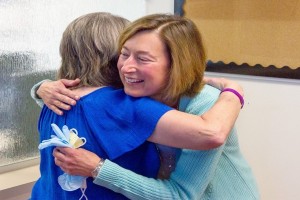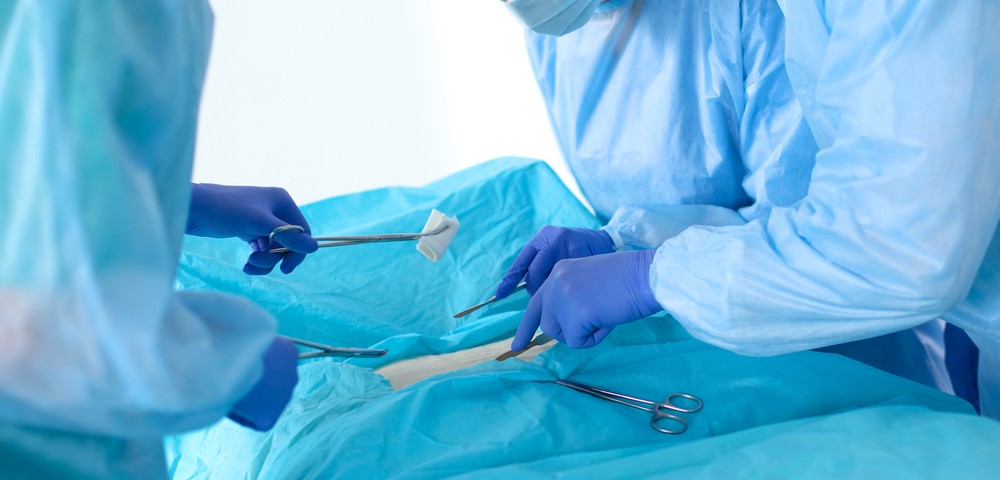A surgical team at Stanford Health Care, under the leadership of heart surgeon Dr. Joseph Woo, has performed a rare “domino” transplant, saving the lives of two women. The technique has been performed at Stanford only eight times before — the last time 26 years ago.
The procedure involved an unnamed deceased donor; a cystic fibrosis patient named Tammy Griffin; and Linda Karr, who diagnosed 20 years ago with the genetic disease right ventricular dysplasia.
Domino transplantation of a heart-lung and heart is a very unusual procedure that has the great advantage of benefiting two people. This is important because organs available for transplant are in short supply, especially heart-lung combinations, as the organs are usually attributed to two different people with the hope of saving two people instead of one.
“This story highlights how scarce organs are today,” Woo said in a press release. “People are waiting and dying on those transplant lists. We would like to see that change.”
Griffin was diagnosed with cystic fibrosis when she was an infant. She needed a heart-lung combination because her lung capacity had diminished to the point where she needed full-time oxygen therapy. Despite the correct functioning of her heart, the organ had been pushed away as her right lung shrank and the left one grew. Such displacement made it impossible for the patient to receive only the new lungs.
 “Her heart was an innocent bystander pushed out of its normal position in the middle of the lungs as her right lung shrank and the left one expanded,” Woo said.
“Her heart was an innocent bystander pushed out of its normal position in the middle of the lungs as her right lung shrank and the left one expanded,” Woo said.
Linda Karr’s heart function was severely damaged due to right ventricular dysplasia, a genetic disease that results in a dangerously abnormal cardiac rhythm. Despite her condition, the patient wasn’t very high on the heart waiting list, and if her health condition deteriorated fast, a donated heart might not have come in time. But the discouraging news all changed on Jan. 30, when a Stanford doctor called with the news of a possible heart donor.
On Feb.1 a surgical team extracted the heart and lungs from the deceased donor and another team implanted them in Griffin. Finally, a third team implanted Griffin’s heart in Karr. Pre- and post-transplant care for the patients was provided by other Stanford Medicine physicians, including Michael Fowler, M.D., director of the Heart Failure Program, and Gundeep Dhillon, M.D., medical director of the Heart-Lung and Lung Transplantation Program.
Finally, the two patients met on March 17, grateful for each’s others generosity. “Even though we were strangers before today, you’ll always be part of me,” Karr told Griffin.

